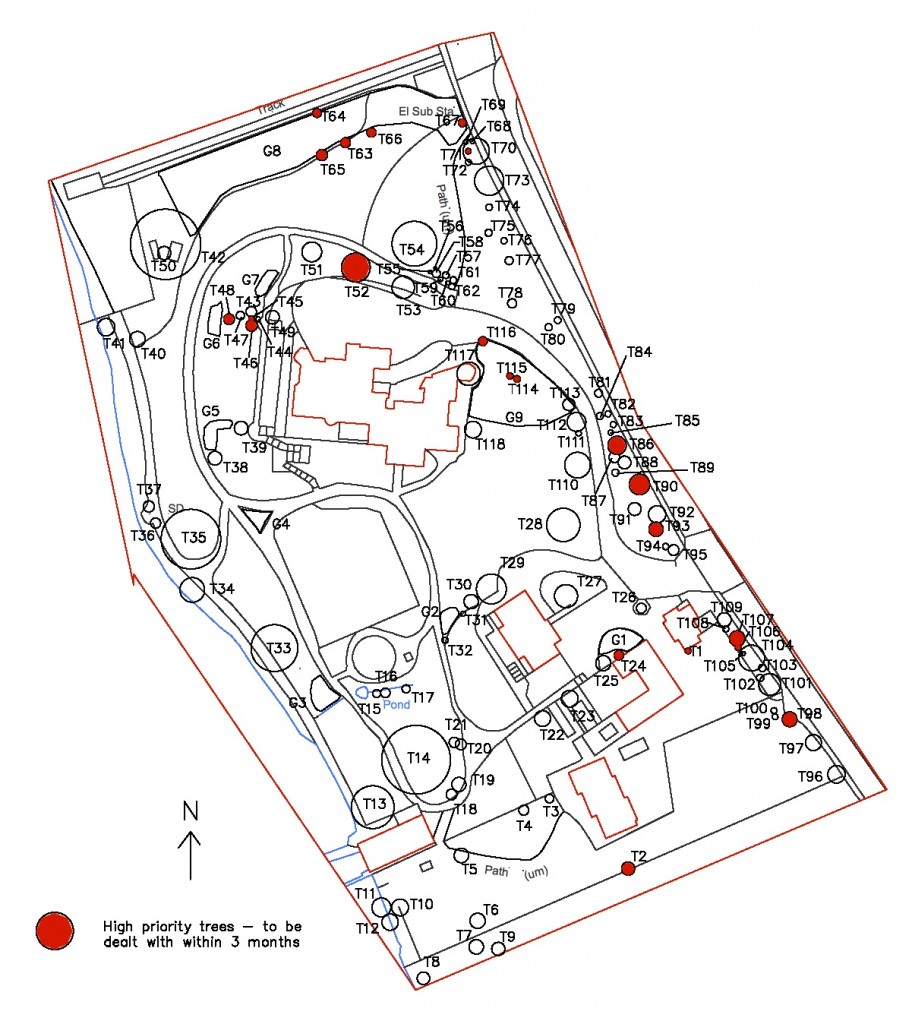
News
Tree Surveys why bother ?
Tree surveys why bother ?
Trees are a part of the urban and rural landscape and provide so many benefits. Most people pay them little thought as they go about their daily routines. Maybe stopping for a few seconds to acknowledge their beauty or perhaps resting under the shade of their canopies on a hot day.
Trees are self optimising structures. They grow in such a way as to distribute the gravitation forces through them in a precise way in order to provide the maximum amount of strength and therefore keeping them upright and fully functioning. This has evolved over millions of years and some would say is a slow process! you would be hard pressed to sit and watch it! but as the mighty oak tree grows out of a small acorn small beginnings grow into mighty things.
Many things interfere with this process of self optimisation. Decay can and will break down the structural wood of the tree and weaken it. This can happen from stems to branches. Branch splits and poor stem unions can and do weaken trees significantly to name but a few. The interference and encroachments of new developments such as construction works and utility work can cause trees to become structurally unsafe although now due to the revised British Standard 5837:2005 Trees in relation to construction, this occurs less often.
These hazards that trees develop can be quite subtle to spot and require a trained eye. Even when these are spotted it takes experience consisting of many years of working around trees to be able to make key decisions on the likelihood of trees causing damage to property or people. Experience of working as a tree surgeon/arborist pays dividends providing the consultant with a thorough understanding of each species, its wood types and weaknesses, this cannot be gained through theoretical study alone.
Owners of trees are obliged by law to keep their trees in reasonable condition. This is covered by the following legislation:
• The Highways Act 1980 requires trees to be cut back from encroaching onto the highway and any dangerous trees to be removed.
• The Occupiers Liability Act of 1957/1984 lays down a duty to make sure that landowners take reasonable steps to ensure that their premises are kept safe for visitors. This includes trees.
• Under Health and Safety legislation landowners have a ‘duty of care’ to do all that is reasonable practical to make sure that trees are inspected regularly by a competent person.
A tree survey allows areas of high risk to be mapped. These are areas where high usage occurs in close proximity to large trees. Trees which are located in low usage areas pose a low risk due to the low probability of people being in the vicinity when a tree is likely to fail. High risk trees would include trees close to buildings, car parks, busy roads and footpaths and power lines.
Trees of high risk can then be given a risk assessment to determine if the likelihood of the tree causing damage or injury is significant enough to require tree works such as pruning or felling. Priorities as to when tree works are required can enable resources to be more effectively utilised and long term management to be planned.
A tree survey can help landowners to cover their ‘duty of care’ and also reassure them of the condition of their trees.


